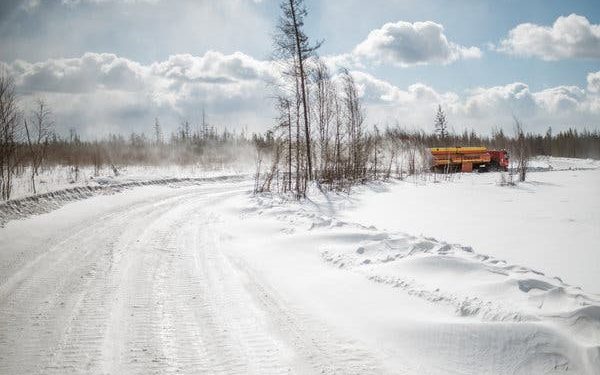Moscow: Large parts of Asian Russia could become habitable by the late 21st century due to climate change, new research has found.
Researchers from the Krasnoyarsk Federal Research Center, Russia, and the National Institute of Aerospace, US, used current and predicted climate scenarios to examine the climate comfort of Asian Russia and worked out the potential for human settlement throughout the 21st century.
At 13 million square kilometres, Asian Russia— east of the Urals towards the Pacific –accounts for 77 per cent of Russia’s land area, according to the study published in the journal Environmental Research Letters.
Its population, however, accounts for just 27 per cent of the country’s people and is concentrated along the forest-steppe in the south, with its comfortable climate and fertile soil.
“Previous human migrations have been associated with climate change. As civilisations developed technology that enabled them to adapt, humans became less reliant on the environment, particularly in terms of climate,” said Elena Parfenova, from the Krasnoyarsk Federal Research Center.
“We wanted to learn if future changes in climate may lead to the less-hospitable parts of Asian Russia becoming more habitable for humans,” Parfenova said.
For its analysis, the team used a combination of 20 general circulation models (Coupled Model Intercomparison Project Phase 5) and two CO2 Representative Concentration Pathway scenarios – RCP 2.6 representing mild climate change and RCP 8.5 representing more extreme changes.
They applied the collective means of January and July temperatures and annual precipitation of the two scenarios to Asian Russia to find their respective effects on three climate indices that are important for human livelihood and well-being, namely— Ecological Landscape Potential (ELP), winter severity, and permafrost coverage.






































